Pt 2 - David Tennant's Obscure Performances: The Remarkable Story of 'Only Human' (2002)
...the pilot begins shooting (with exclusive behind-the-scenes photos)!
This is the second part of a five-part series about Only Human, an unaired BBC pilot made in 2002 and starring David Tennant as Tyler, a private detective who works with a virtual digital assistant called Ada. In this series of posts, we’ll be exploring the origins of the pilot, and unveiling its hidden history. Stay tuned for the rest of the series!
If you haven’t already, make sure to read Part 1 here:
…and then come on back to read on (and see some exclusive photos from the filming of Only Human!) And oh yeah - so you know what we’re talking about before reading further, be sure to watch the pilot:
CLICK HERE TO WATCH ONLY HUMAN ON DAILYMOTION

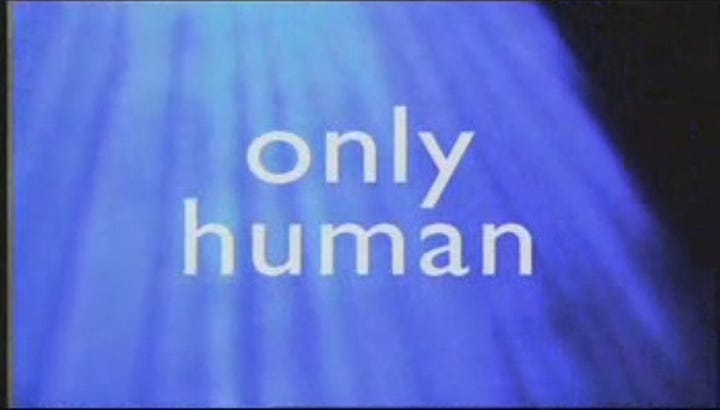
When we last left the story behind the unaired pilot episode called Only Human, it was the end of 2001. David had been chosen to play the role of Tyler, a private detective whose digital assistant, Ada, helped him with his cases. Ruth Millar had been hired to portray Ada, and the stage was set to begin shooting the pilot.
Only Human wasn’t the first time David had been involved in shooting a pilot episode. He’d done it at least three times before. In 1992, he’d played the bit part of a policeman in “Miles Better”, the last of five pilot episodes from a short-lived strand of Channel 4 sitcom pilots called Bunch Of Five. The following year, he appeared as Billy The Boyd in a BBC2 pilot episode called The Brown Man, starring comedian Arnold Brown. Neither went to series. David’s luck changed in 1998, when he was selected to co-star with Richard Wilson in an unaired pilot episode of Duck Patrol called “Of Ducks And Men.” After Duck Patrol was picked up, the pilot was rewritten and renamed “Flying Colours” before it aired. It went on to complete a full season before it was canceled.
But Only Human was different. It was the first time David would be the lead and carry the show.
David was also sporting a rather short haircut. He’d been letting it grow out ever since he’d went method and shaved it completely for his role as Gethin Price in Comedians. The run of Comedians had finished the third week of October 2001, so he’d had about three months to let his hair grow out between the end of that role and the beginning of the Only Human shoot in late January 2002.
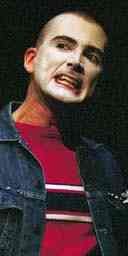
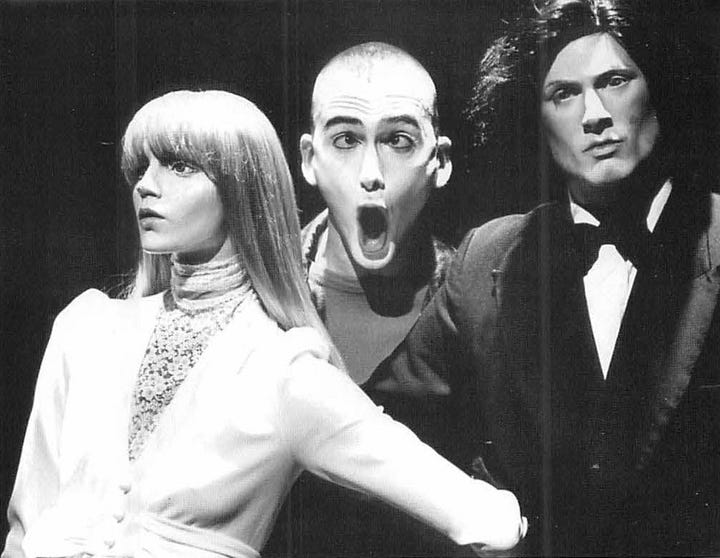
One thing that’s pretty amazing about Only Human is how the interactions between Tyler and Ada were created. You might have (understandably) assumed they were manipulated in post-production. But they weren’t! They were actually done live and on set, with motion capture cameras!
So when we see Ada moving across television screens in the nightclub, and Tyler strolling down the street talking to Ada on his mobile device (created with a screen specifically to see Ada, as at the time most mobile phones were WAP) those scenes weren’t filmed on green screens or patched together in post. They were David and Ruth interacting as their characters, on location. In real time. And it took quite a lot of work to accomplish.
Creators Jim McClellan and Andrew Smith’s reasoning for this decision was pretty straightforward: they felt having leeway to experiment and adapt on the fly would enhance the project enough to offset any risk. They also believed filming scenes in this way would add a spontaneous element to the story which couldn’t be captured in post, one which they hoped would kindle a deeper connection with the audience.
“When we talked to David about it,” McClellan explained, “he felt it worked. We talked about it being a bit like when someone's talking to a puppet. When the actor’s good enough - and David is brilliant and full of energy - they can breathe life into the puppet because they loop them into this kind of reciprocal relationship. So if the actor takes that kind of thing seriously, you go with it.”
But this approach meant technical glitches or breakdowns had a higher chance of disrupting the shoot. To bypass any serious setbacks, they built extensive tech rehearsal times into their tight four-day shooting schedule, decided Ruth Millar would be set up in a compact motion capture studio on set, and brought in a motion capture coordinator. “The coordinator for the mocap (motion capture) stuff was a guy called Quentin Plant,” McClellan told me. “Andy knew him from doing projects with him at the BBC.” They also chose Netherlands-based motion capture company Motek Entertainment to handle their mocap setup.
They also decided Ada would be created by Canadian-based Kaydara (since acquired by Autodesk), a company who designed computer animation software and animated characters. Money for the shoot was tight, so they chose Ada’s avatar from one of the stock female virtual character models Kaydara had in their portfolio. They thought if the series was picked up, they would then work with Kaydara to create a custom Ada model.
When David and Ruth Millar first met with the rest of the cast on 18 January 2002 for a read-through, the crew had already been working since the first week of January handling script drafts, production meetings, and scouting locations. Tech and script rehearsals followed (which David and Ruth didn’t attend), and while it’s likely both of them made a brief appearance on the 25th for some tech rehearsals, their first full day on set wasn’t until 27 January 2002.
Before shooting began, David accompanied McClellan and Smith to a motion capture company in Oxford called Vicon to do some initial baseline big-screen interactive tests with a mocked-up virtual character. David spent quite a bit of time in a test shoot getting comfortable with the process and how he could interact with the character. “He was very patient as we tried to get the technology to work,” McClellan said.



Patience was an essential virtue for everyone involved with the show. The tech was tricky, and accidents inevitably happened. “Shooting that pilot was sort of guerrilla film making,” said McClellan. “It was quite a punishing shoot.” The ring of specialty motion capture cameras which encircled Millar were vulnerable to accidental bumps and kicks from the crew, and after each, the team had to restart their hour-long calibration process. Scenes would sometimes have to halt in their tracks when communication drops from the cameras meant Millar’s movements weren’t getting mirrored by her avatar.
Speaking of Millar, her job as Ada was tough (McClellan praised her for doing such a fantastic job in difficult circumstances, and said he thought she brought an edge to Ada’s machine-like over-politeness). After she suited up in the compact motion capture studio surrounded by the cameras, screens were set up so she could see the set, a shot of David, or what she looked like as Ada. She had to remember to use Ada’s quasi-robotic voice, and couldn’t speak or move naturally; her actions reached the screen with a slight delay, so she had to also carefully synchronize her movements in order to interact with David with the proper pacing. She found the tech hard work, and by the end of each day’s filming, she was often completely worn out.
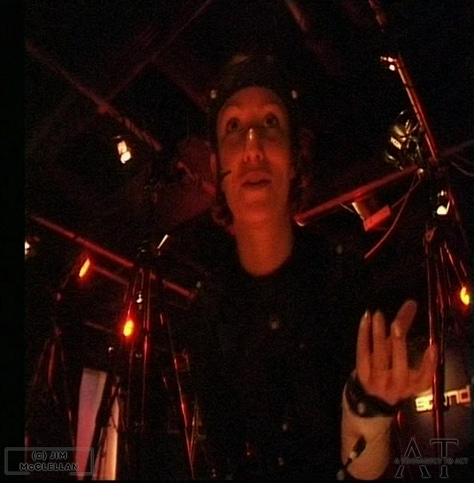

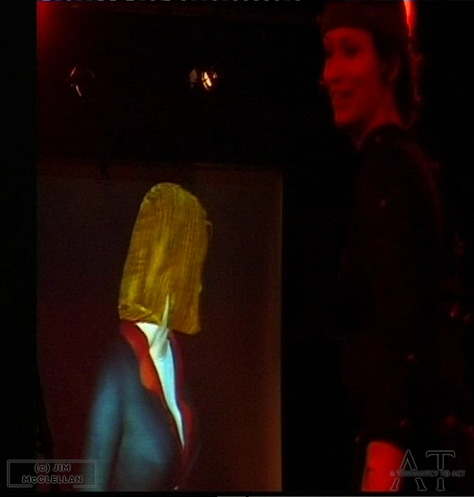
And what about David as Tyler? “We wanted him to be a bit bored, or not enamored with technology,” McClellan explained. “At the time it was very much the dot.com boom era and people were very starry-eyed about it all, so we thought to tap into a sort of tech noir kind of vibe, where you're a bit fed up with the tech and it doesn't always work that well. We thought the fact Tyler was exasperated with the technology a lot of the time would be kind of funny.”
And being “funny” played a meaningful part of the original idea behind Only Human. “I think fundamentally, the pilot had a kind of comic dynamic to it. It holds up because David, in particular, is very good,” McClellan said. “He just brings it. David's got such a good range. He's comfortable playing comedy, but he can shift slightly into other areas.”
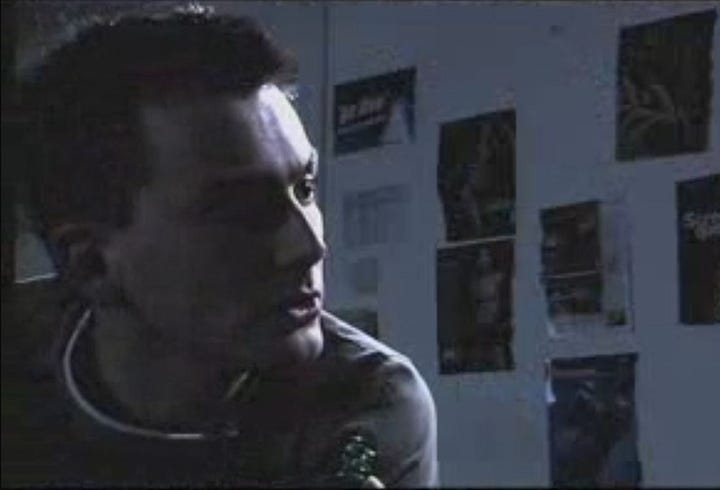
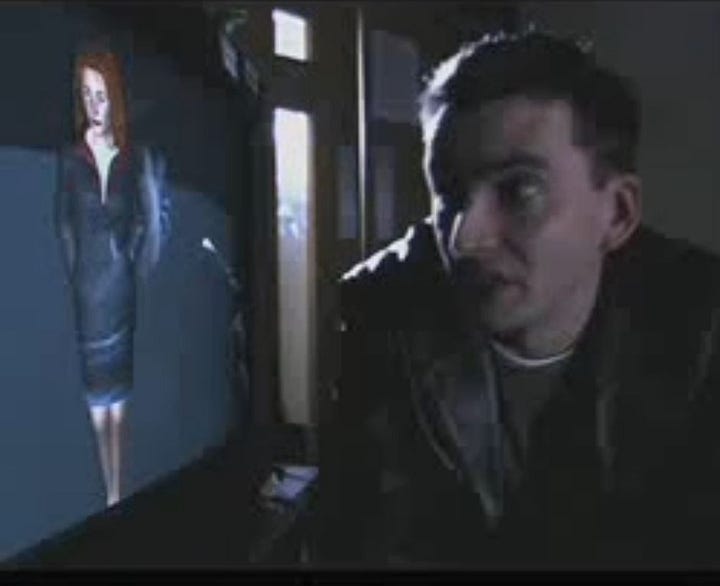
I asked McClellan to tell me a little bit about working with David on set. “David was just a lot of fun to work with on the shoot,” he said. “It was tricky and frustrating sometimes because of the technology, but we did work a lot with him, and he was phenomenally nice.” They liked him so much, they were willing to work as many of the rehearsals and shooting days as they could around David’s ongoing rehearsals for his role as Robert in Push Up - which is why the first full day on the Only Human set was on a Sunday!
By now you’re probably wondering where some of the scenes for Only Human were shot. I was, too, so I asked McClellan about it. “Imagineering was a very small area in the BBC, so it didn't have a massive budget,” he explained. “We shot some of it in a car park, and did loads of the first pilot in Docklands. Oh, and someone managed to get us into this nightclub [called Sound] in Piccadilly in the early morning before they were doing anything, so we shot some of the nightclub interiors in there.”
And the bartender in the scene with David and Ada, in the Retox Bar? That’s Jim McClellan himself!
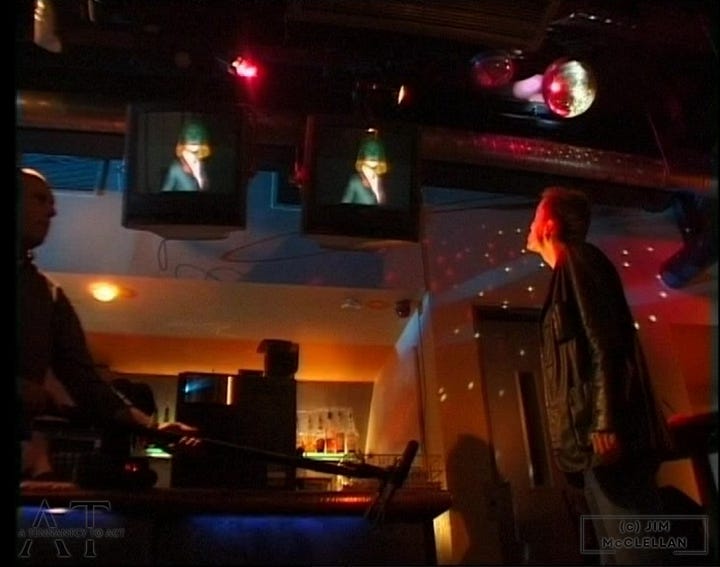
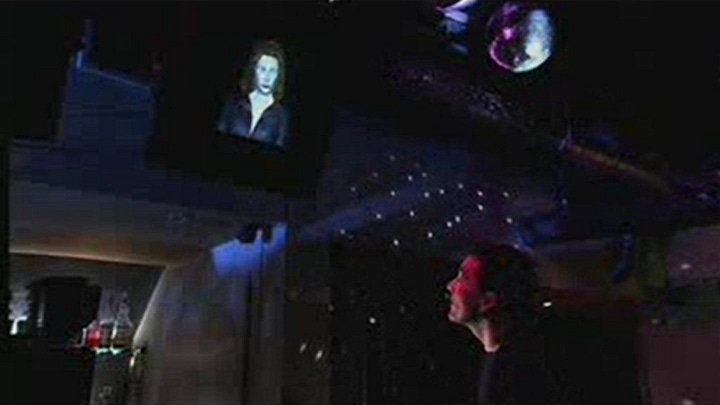
McClellan also told me the interior scenes in Tyler’s flat, as well as the scene where Tyler is saved from walking in front of a passing car by Ada, were shot at the now-demolished Threshold House at 65 Shepherd’s Bush Green.
“We were very focused on making the budget for the first pilot go as far as possible,” McClellan said, “so it made sense to use a BBC office building for the scenes set in Tyler’s flat.”


I didn’t know much about Threshold House, but it didn’t take me long to find out it had a long historical connection with Doctor Who. In 1963, the BBC moved the Doctor Who offices to Threshold House, where they remained until the original show was canceled. Heck, Elizabeth Sladen even went there to audition for the part of Sarah Jane!
David’s said numerous times in interviews he was quite vocal and excited about anything Doctor Who (The Quatermass Experiment with Mark Gatiss and Casanova with Russell T. Davies come to mind, as he’s said he talked their ears off about the show). So when I learned about Threshold House’s connection with his beloved Doctor Who, I couldn’t help but wonder if David knew (and if so, if he’d said anything to McClellan and Smith).
I asked, but McClellan said as far as he could recall, David didn’t utter a word.
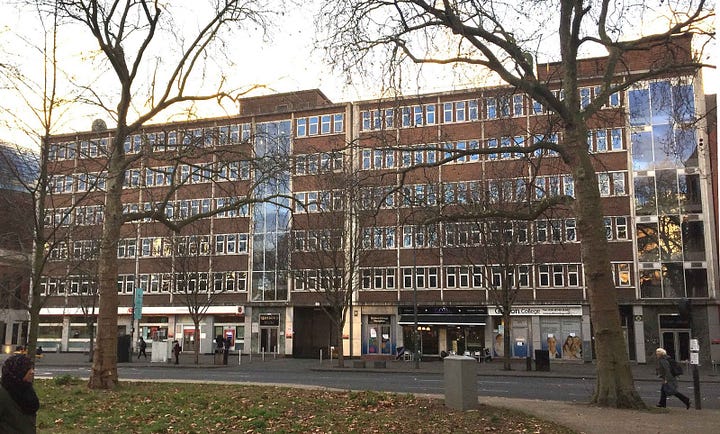

The last day of the shoot - the chase scene, when Ada directs Tyler in his pursuit of a woman he is tailing for a client - was the only one largely free from the restrictions of the motion capture set up. Tyler and Ada chiefly speak on a mobile phone equipped with a screen enabling Tyler to see Ada, which liberated Millar from the confines of her Ada suit to play the woman sitting on the Tube on her laptop.
The scenes with David and Jane Forshaw (Hannah, the woman Tyler was tailing) were shot on and off the Tube and the trains, and in and out of a train station. Many of the scenes peppered throughout the pilot were shot during this day’s shoot; the night skyline scenes were shot at the end of the day, and footage from the front of a Docklands Light Railway train starts the pilot out after the title sequence.


In addition to David, Jim McClellan and Ruth Millar, rounding out the cast of Only Human was Jane Forshaw as Hannah and Sophie Cash as the voice of Sally, Tyler’s girlfriend. Cash was also a member of the crew; she was one of Imagineering’s Production Managers.
Only Human’s four-day shoot wrapped on 30 January 2002. Just nine days later, on 8 February 2002, David made his first appearance as Robert in the preview of director Ramin Gray’s Push Up at the Royal Court’s Jerwood Theatre Upstairs. The play officially opened on 11 February 2002, and closed on 2 March 2002.
Meanwhile, McClellan and Smith began editing Only Human at Rapid Pictures in London on 4 February 2002. The editing process was a swift one because most of the work had been done on set; it was finished a mere three days later. “We didn't have to do much post because we’d already done the character, and she was there in the footage,” McClellan said. “During the edit of the first one, we were over in West London with a guy called Stuart Elliott, who edited it. He was great, and we were fairly focused. To be honest, having a technological set that's a bit flaky focuses everyone's mind. It's not like we had twenty takes to choose from! We had one or two where everything had worked. It's a tribute to David and Ruth that they were always so on it. Generally, we could use the takes.”
In addition to the pilot, David was also involved in another project Imagineering was insistent upon: a “making of” documentary for Only Human. Imagineering had plans to use the documentary internally to sell the idea of working with new tech to other people within the BBC, so they wanted McClellan and Smith to create a feature highlighting the show’s motion capture technology.
Many of the cast and crew were featured in the seven and a half minute documentary (most of which was shot on 29 January while hanging around waiting for tech set up). David was interviewed talking about the challenges of working with the virtual character.
The Making Of…Only Human was also edited at Rapid Pictures, but it was completed a few weeks later - on February 19-22, 2002.

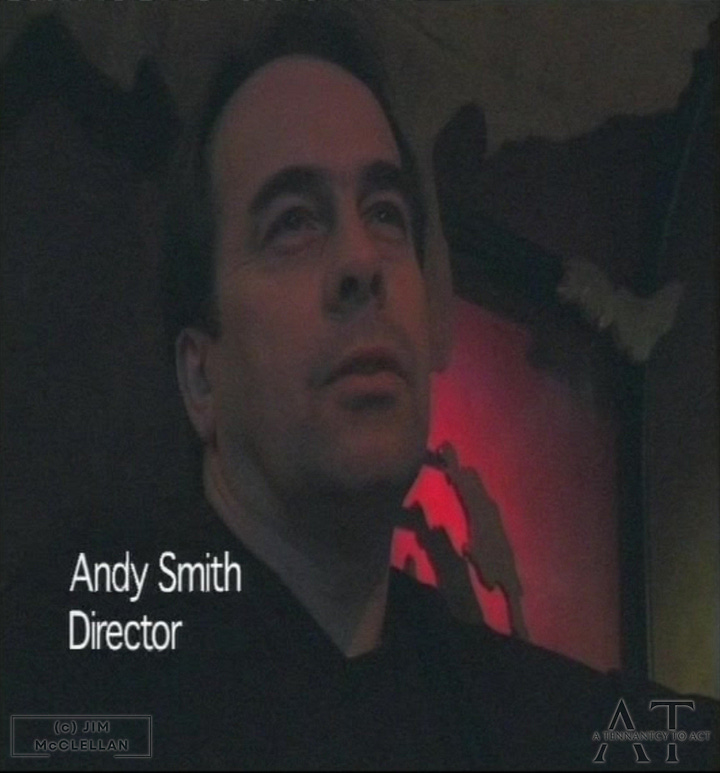


Only Human’s theme song - and indeed, the entire score - amounted to McClellan raiding his personal music collection to find tracks he thought would provide a detective-y ambiance and make it feel more like an actual television program. The opening theme was a remix off the 12-inch single of “Human” from Goldfrapp’s debut album, Felt Mountain (editor Stuart Elliot looped the track’s main mix to provide an extended instrumental break).
Other tracks sprinkled throughout the film were by The Avalanches, a Manchester DJ called Mr. Scruff, and Pole, an electronica artist from Germany. No rights were acquired or permission was given to use any of the tracks (as the pilot was for internal use only, not for public consumption). This fact was one reason McClellan was surprised to learn Only Human had been online for so long.




Editing for Only Human and its documentary, The Making Of…Only Human, wrapped on 22 February 2002. McClellan and Smith made VHS copies to distribute to its cast and crew as well as the BBC Imagineering team, and Plant and his tech team. By that time, David was on the last leg of his run in Push-Up at the Royal Court. McClellan and Smith went along to see the play on 26 February 2002 and brought one of the VHS tapes with them to give to David after the show. It took a few more weeks before the pilot and the documentary was ready to transfer to DVD.
And that - as they say - was a wrap.
Or it would be, except…
If you’ve read this far without catching on, now’s the time you might want to go back and read what McClellan has said about shooting and editing the pilot. Because in case you hadn’t noticed, he hasn’t been saying “shooting the pilot” or “editing the pilot”. He’s been saying, “the first pilot”.
And yeah, that wasn’t a mistake.
Because they shot a second pilot!
—
Next time…we’ll explore the second pilot of Only Human: we’ll learn how it was done, where it was shot and when, and what happened afterwards. And they’ll be more exclusive pics.
Be sure you’re subscribed so you can follow along as the entire story is revealed!
—
ONLY HUMAN’s First Shoot (Jan 2002)
Jan 9 - 11 - final drafts of the pilot script
Tue, Jan 15 - production/planning meetings
Thu, Jan 17 - McClellan and Smith scout locations in Canary Wharf/Docklands
Fri, Jan 18 - first read-through the script with David and Ruth - morning or afternoon
Mon, Jan 21 - more script meetings/ tech rehearsals at Vicon for the motion capture
Tues, Jan 22 - more script meetings/ tech rehearsals at Vicon for the motion capture
Thu, Jan 25 - tech rehearsal at Threshold House - mostly setting up motion capture rig - David and Ruth possibly there briefly in the afternoon
Sun, Jan 27 - first day of shooting at Threshold House - David there all day
Mon, Jan 28 - second day of shooting at Threshold House - David was likely not there for an entire day as the motion capture was already set up
Tues, Jan 29 - shot nightclub scenes at Sound in Piccadilly: morning spent setting up and testing motion capture rig - David probably there most of the late morning and afternoon
Wed, Jan 30 - shot chase footage and various scenes on the tube and trains at Docklands - not so much motion capture work, more stuff was shot running around with David
—
‘Only Human’ images courtesy of Jim McClellan (c) 2024. A Tennantcy To Act/Patricia Browning. All rights reserved.







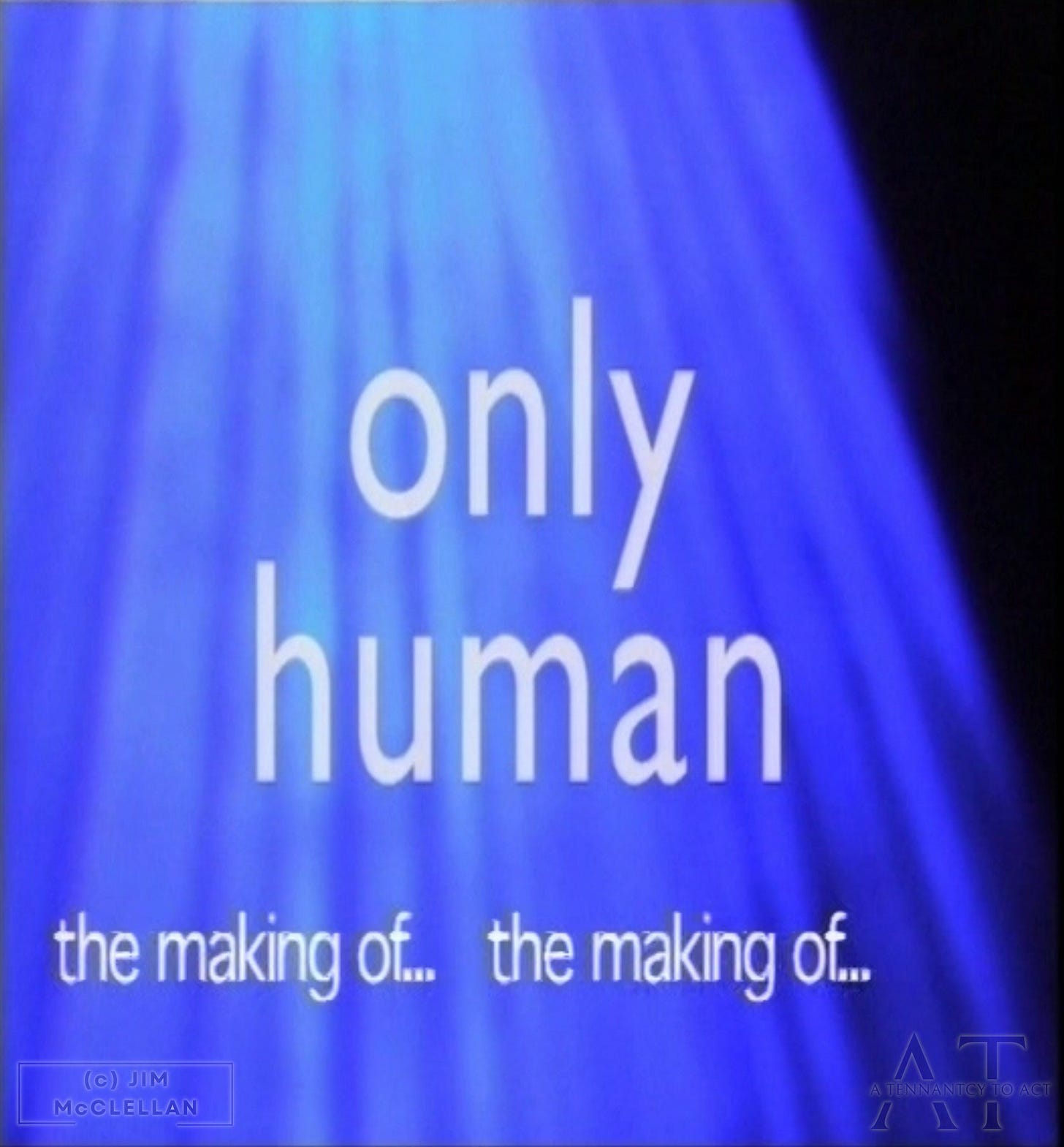

Testing
I wonder if this method of filming was attempted by others around that era, or did innovation move along so rapidly that it was out of date in a blink of an eye. Regardless, the story you’ve unearthed is very interesting.